One crucial step in the mural painting process is creating sketches. A well-executed sketch serves as a roadmap for your mural project, allowing you to visualize and fine-tune your design before you pick up a brush. These sketches play a vital role in ensuring that your mural turns out exactly as you envision it, with all the intricate details and elements in place.
To begin, start by brainstorming ideas and concepts for your mural. Consider the style, theme, and overall message you want to convey. Once you have a clear vision in mind, it’s time to translate it onto paper. Use a pencil or pen to sketch the basic outlines of your mural, capturing the main shapes and composition. This rough sketch acts as the foundation for your mural, giving you a starting point to work from.
As you refine your design, make sure to pay attention to the smaller details. Take note of the lighting and shading you want to incorporate, as well as any intricate patterns or textures. Use different lines and tonal values to create depth and dimension in your sketches. It’s also a good idea to experiment with color schemes and palettes, exploring how different hues can enhance the overall mood and atmosphere of your mural.
Remember, mural painting sketches are not only a tool for planning, but they also allow you to communicate your ideas effectively with clients or collaborators. These sketches provide a visual representation of your vision, helping others understand the concept and become excited about the project. By investing time and effort into creating detailed sketches, you can ensure that your mural painting project is a success, from the initial planning stages to the final brushstrokes.
Understanding Sketches
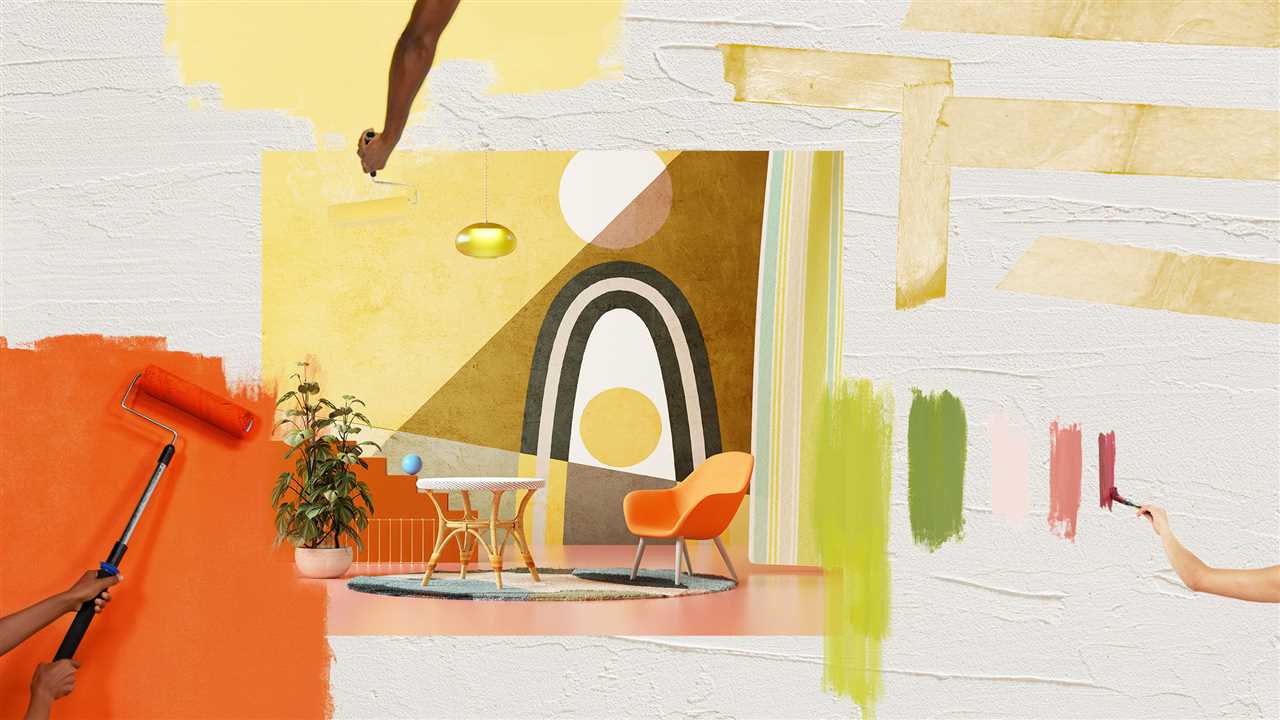
Sketches can be created using various techniques such as pencil, charcoal, or digital tools. The artist uses these tools to capture the basic outlines, shapes, and proportions of the mural. They may also include some shading and basic details to give a sense of depth and volume.
Sketches are crucial because they help the artist and the client to visualize and discuss the proposed mural design. They allow for changes and adjustments to be made before committing to the final painting. It’s an opportunity to experiment with different color schemes, textures, and styles to ensure that the finished mural meets the client’s expectations.
Once the sketch is finalized and approved, it becomes the blueprint for the mural painting. The artist can refer back to the sketch during the painting process to ensure accuracy and consistency with the original vision. It serves as a guide for the placement of elements, proportions, and overall composition.
Types of Sketches

There are different types of sketches that an artist can create for a mural project:
- Preliminary Sketch: This initial sketch is usually quick and loose, serving as a brainstorming session to gather ideas and concepts.
- Final Sketch: This sketch is a more refined version of the preliminary sketch and includes more details and accuracy.
- Color Study: This type of sketch focuses on experimenting with different color palettes and schemes to determine the final color choices for the mural.
- Composition Sketch: This sketch explores various compositions and arrangements of elements within the mural.
Importance of Sketches

Sketches play a vital role in mural painting as they help in several ways:
- Visualization: Sketches provide a concrete visual representation of the mural design, allowing the artist, client, and other stakeholders to understand and discuss the proposed artwork.
- Planning: Sketches help the artist plan the mural by determining the placement and proportions of the elements, making it easier to transfer the design onto the wall.
- Problem-solving: Sketches allow the artist to identify any potential issues or challenges in the mural design before starting the actual painting, enabling them to make necessary revisions.
- Communication: Sketches act as a communication tool between the artist and the client, ensuring that both parties are on the same page regarding the design and style of the mural.
Understanding sketches is crucial for anyone involved in the mural painting process. They provide insights into the artist’s creative process and serve as a foundation for the overall project. By carefully studying the sketches, one can grasp the artist’s vision and ideas for the final artwork.
The Role of the Artist
The role of the artist in creating mural paintings is crucial. The artist not only brings creativity and artistic vision to the project but also plays a vital role in engaging with the community and conveying meaningful messages through their artwork.
Creative Expression

One of the primary roles of the artist is to bring their creative expression to the mural painting. They use their skills, techniques, and unique artistic style to transform a blank wall into a visually captivating piece of art. The artist’s creativity is what makes each mural unique and adds character to the environment it is placed in.
Community Engagement
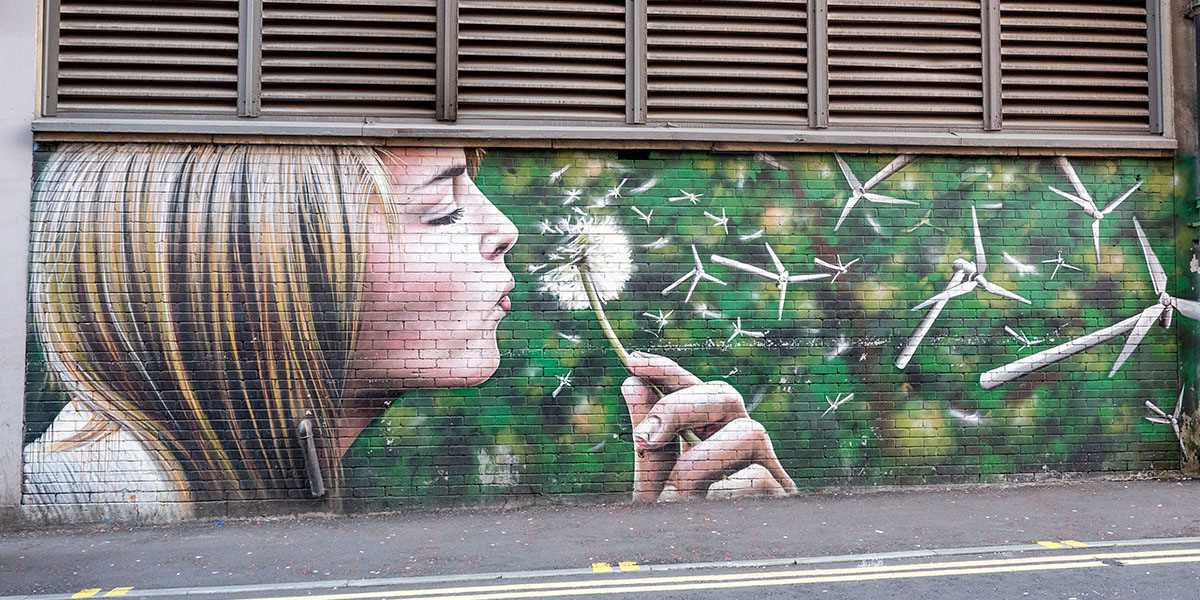
Another important role of the artist is to engage with the local community. Before starting a mural project, artists often hold meetings or workshops to gather input and ideas from the community members. This collaborative approach ensures that the mural reflects the aspirations and values of the community it is meant to serve. By involving community members in the artistic process, the artist fosters a sense of ownership and pride among the locals.
During the painting process, the artist becomes a temporary part of the community, working in public view. This offers an opportunity for members of the community to observe and interact with the artist, fostering a sense of connection and appreciation for the artwork. The artist’s presence during the creation of the mural also allows for ongoing dialogue, feedback, and adjustments based on the community’s preferences.
Message Conveyance
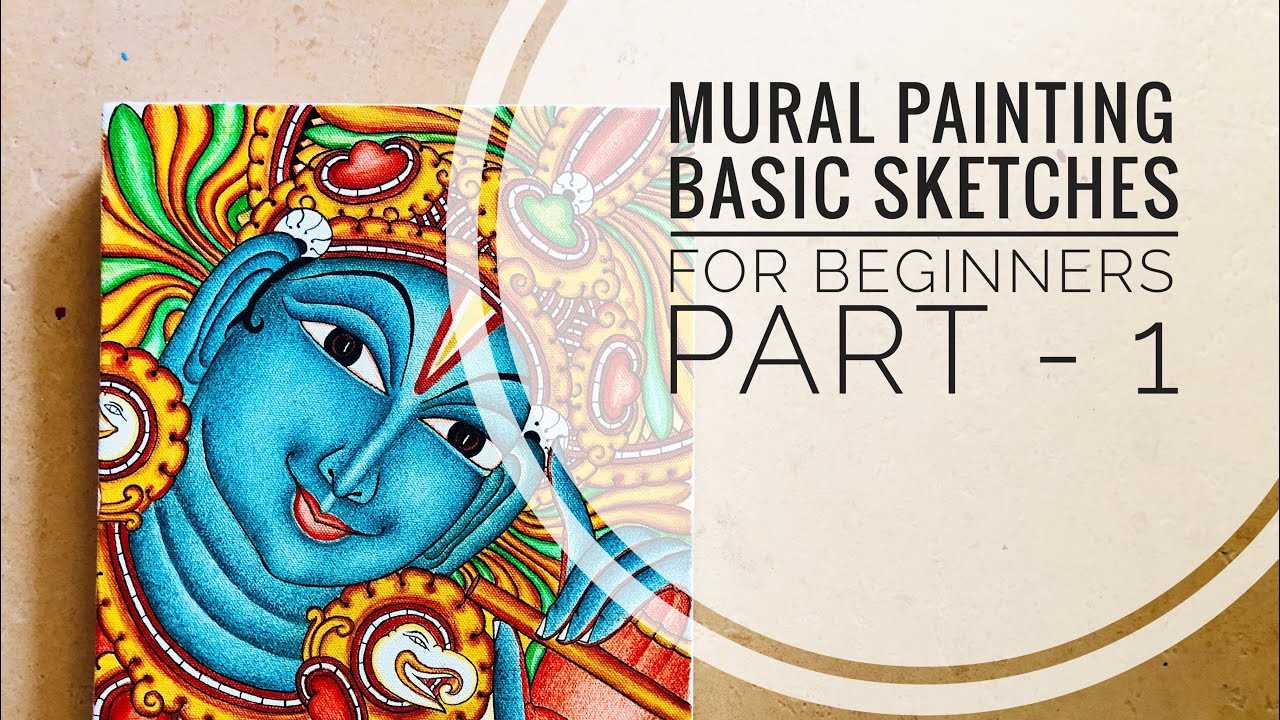
One of the most impactful roles of the artist is to convey meaningful messages through their artwork. Murals have the power to communicate social, cultural, and political ideas that resonate with the viewers. Artists often use their mural paintings to address important issues or to highlight the unique characteristics and history of a particular community.
The artist’s ability to utilize symbolism, visual storytelling, and powerful imagery allows them to communicate complex ideas in a compelling and accessible manner. By creating thought-provoking and visually engaging murals, artists can spark conversations and inspire positive change within the community.
- Overall, the role of the artist in mural painting goes beyond simply creating aesthetically pleasing visuals. They are instrumental in fostering community engagement, conveying meaningful messages, and leaving a lasting impact on the environment and its inhabitants.
Creating a Mural Design
Once you have a solid concept in mind, it’s time to start sketching. Use paper or a digital medium to create rough sketches of your ideas. This will help you visualize how the mural will look on a larger scale.
Considerations for Your Mural Design:
- Audience: Consider who will be viewing the mural and what message or feeling you want to convey. This will help you choose the right colors, imagery, and overall aesthetic.
- Durability: Since murals are often exposed to the elements, it is important to choose materials and techniques that will withstand weathering and fading over time. Consult with a professional to ensure longevity.
Once you have a refined sketch of your mural design, you can start creating a more detailed plan. This plan should include measurements, color schemes, and any additional elements that need to be incorporated.
Finally, it’s time to bring your mural design to life! Gather the necessary materials and tools, and start painting. Remember to take your time and pay attention to detail. The process of creating a mural can be time-consuming, but the end result will be a beautiful artwork that will leave a lasting impression on all who see it.
Examples of mural design sketches:
 |
 |
Graffiti and Mural Painting
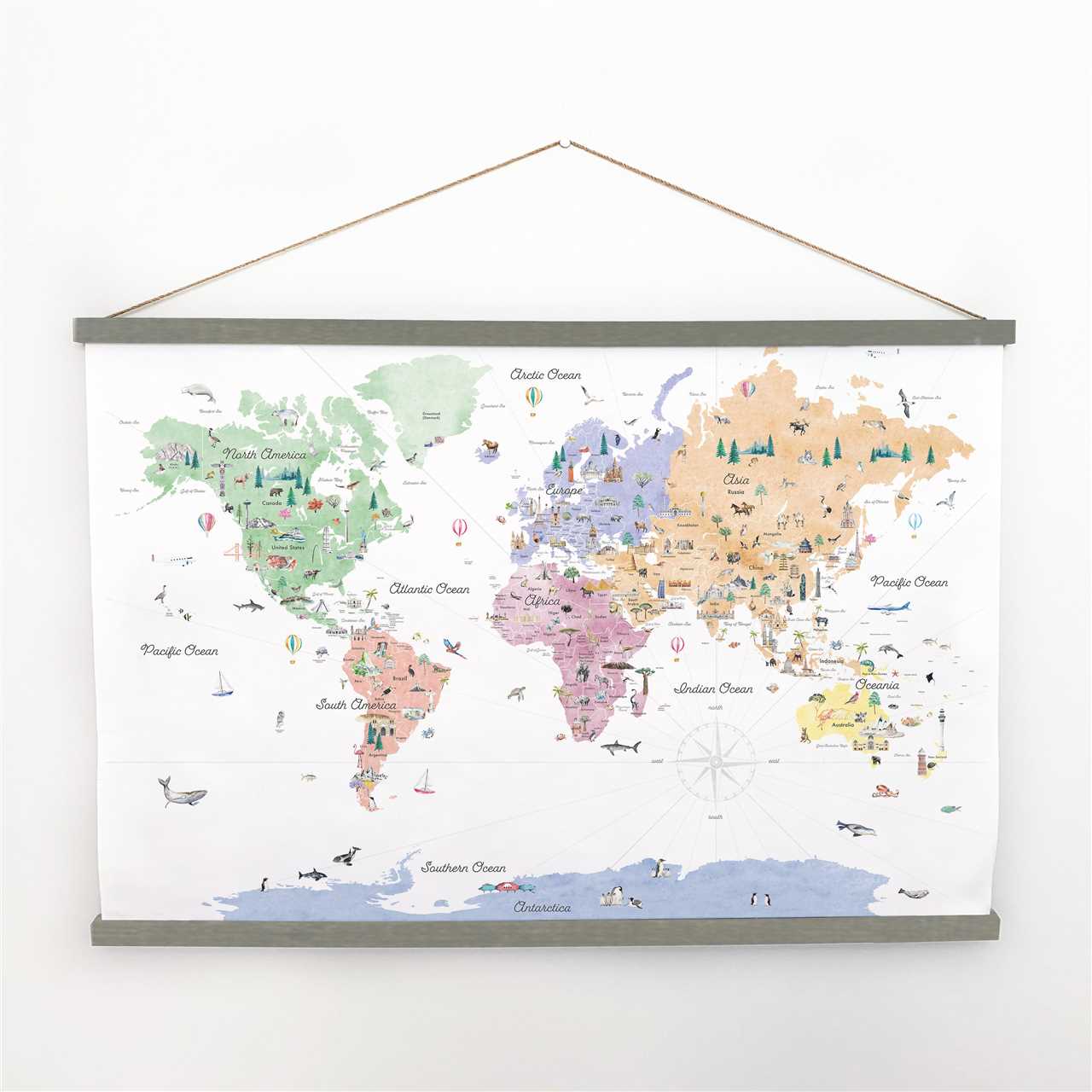
Graffiti and mural painting are two popular forms of street art that have gained significant attention and recognition over the years. These art forms involve the use of public spaces, such as walls and buildings, as canvases for creative expression.
Graffiti, often associated with urban culture and rebellion, involves the use of various techniques and materials, such as spray paint and stencils, to create bold and vibrant images and writings. It is typically characterized by its informal and spontaneous nature, with artists often working under the cover of night to avoid legal consequences.
Mural painting, on the other hand, is a more structured and planned form of street art. It typically involves the creation of large-scale paintings or murals that cover entire walls or buildings. Mural artists often work closely with the community and local authorities to ensure that their artwork reflects the culture and values of the area. These artworks can range from realistic portraits to abstract designs, with the aim of beautifying public spaces and conveying social messages.
Both graffiti and mural painting have faced criticism and controversy over the years. While some argue that these art forms contribute to the decline of public spaces and property values, others see them as powerful tools for cultural expression and community engagement. Many cities now embrace graffiti and mural art, providing designated spaces and walls for artists to showcase their talents.
Despite the controversies, graffiti and mural painting continue to captivate audiences worldwide. They have become important mediums for artists to communicate their ideas, challenge societal norms, and bring art closer to the public. Whether it is the rebellious and unconventional nature of graffiti or the grandeur and beauty of mural painting, these art forms offer unique and dynamic visual experiences that leave a lasting impact on the viewer.
Painting Techniques
Creating a mural requires specific painting techniques to ensure a visually striking and long-lasting result. Whether you are an experienced artist or a beginner, understanding and mastering these techniques can elevate your mural painting skills.
1. Sketching and Planning

Start by sketching your mural design on paper or using digital tools. This step helps you visualize the composition, proportions, and details of your mural. Once the sketch is ready, transfer it to the mural surface using a grid or a projector.
2. Base Coat

Apply a base coat of paint to the entire mural surface. This initial layer provides a foundation for the colors and textures you will add later. Use a roller or large brush to cover large areas and a smaller brush for edges and details.
3. Layering

Layering is a technique that adds depth and dimension to your mural. Start with the background, gradually working towards the foreground. Use lighter shades for distant elements and progressively darker shades for closer objects. This technique creates a sense of perspective and realism.
4. Blending
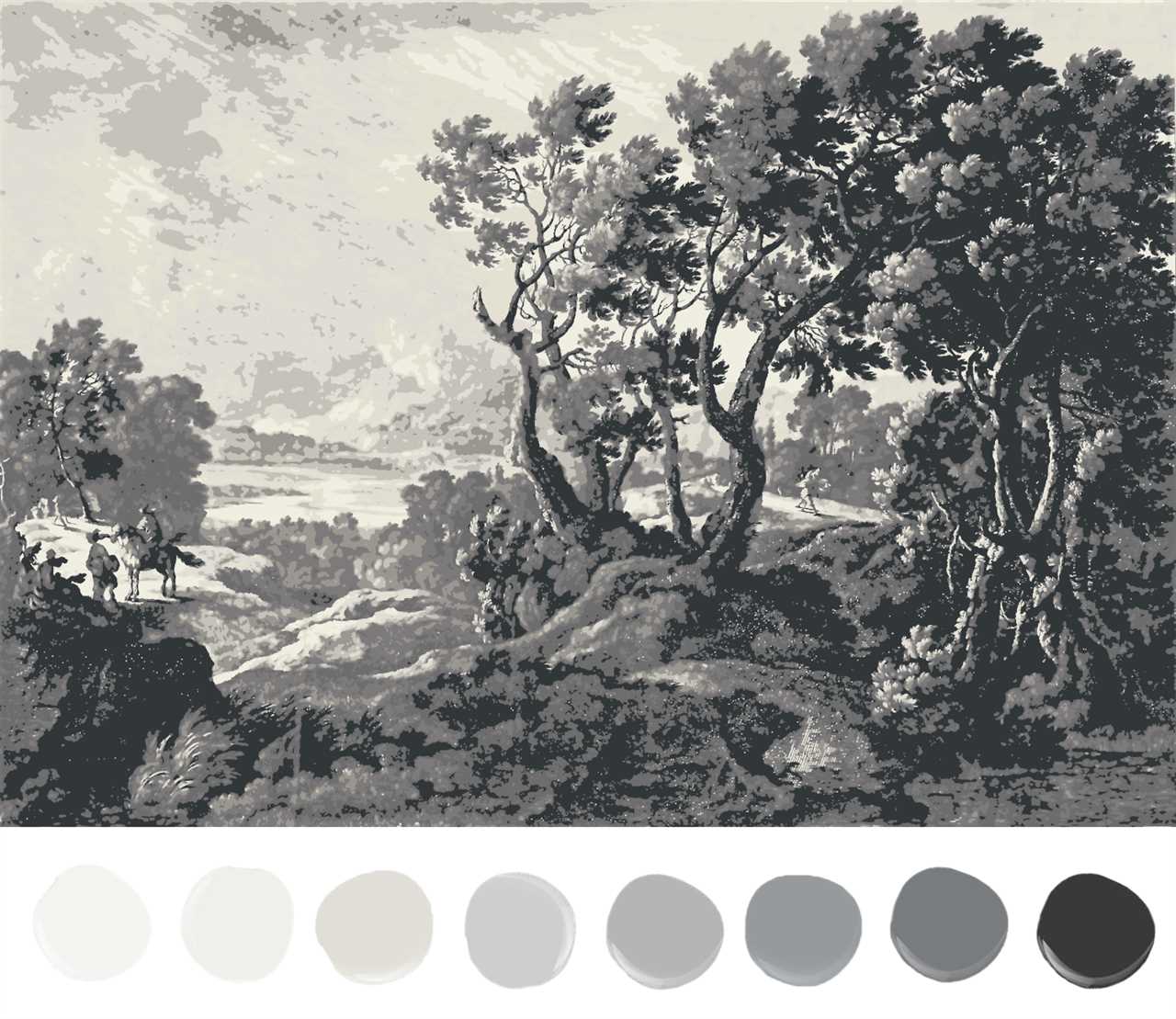
To achieve smooth transitions and gradients, use blending techniques. Blend colors together by lightly brushing them back and forth or using a dry brush technique. This creates a soft and seamless appearance, especially when transitioning between different shades or colors.
5. Textures and Details
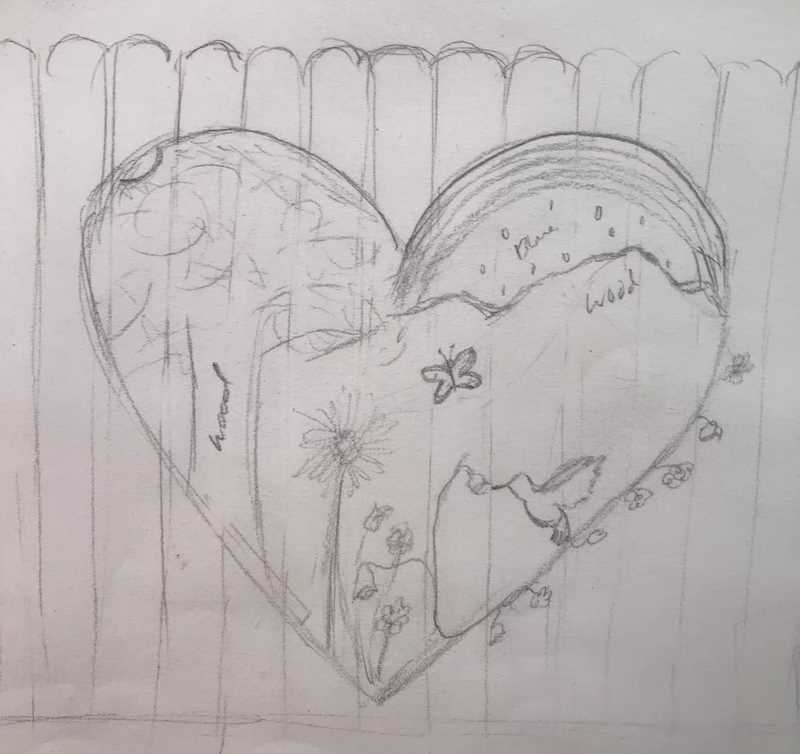
Add texture to your mural to bring it to life. This can be done through various techniques such as splattering, sponging, or stenciling. Additionally, pay attention to small intricate details that enhance the overall visual impact of the mural.
6. Protective Coating
Once your mural is complete, protect it from weathering and fading by applying a protective coating. This can be a clear varnish or a sealant specifically designed for outdoor murals. Follow the manufacturer’s instructions for proper application and drying time.
By mastering these painting techniques, you can create stunning mural paintings that captivate viewers and stand the test of time.
Impact of Mural Painting
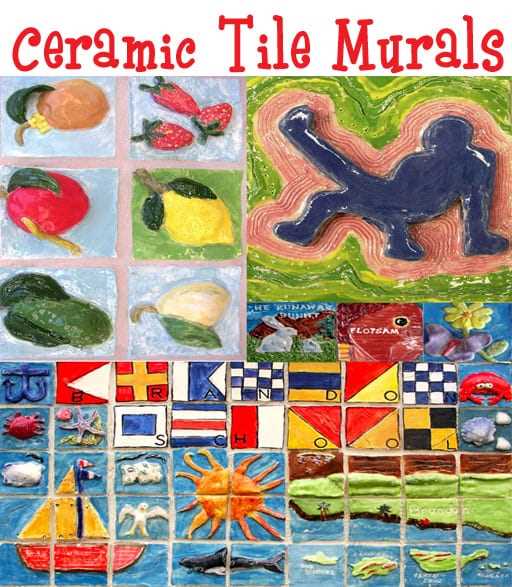
| 1. Beautification and Aesthetics: | Mural paintings add color, beauty, and visual interest to otherwise plain and dull walls. They can brighten up a neighborhood or a building, making it more inviting and aesthetically pleasing. |
| 2. Cultural Expression and Identity: | Mural paintings often represent the culture, history, and identity of a community. They can showcase local traditions, legends, and values, acting as important symbols of pride and heritage. |
| 3. Social Interaction and Unity: | Mural paintings can bring people together, fostering a sense of community and unity. They create public spaces where individuals can gather, admire the artwork, and engage in conversations, thus promoting social interaction. |
| 4. Education and Awareness: | Mural paintings often serve as educational tools, conveying important messages about social issues, history, or environmental concerns. They can raise awareness and spark conversations, ultimately inspiring positive change. |
| 5. Revitalization and Economic Growth: | Mural paintings can contribute to the revitalization of neglected areas, transforming them into vibrant and attractive tourist destinations. In turn, this can boost local businesses, create jobs, and stimulate the local economy. |
| 6. Psychological and Emotional Impact: | Mural paintings have the power to evoke emotions, inspire hope, and uplift spirits. They can create a positive environment and improve the well-being of individuals by providing visual stimulation and a sense of belonging. |

I am a mural enthusiast and a fervent admirer of street art. Rather than creating murals myself, I am passionate about collecting them. My love for street art knows no bounds. I am dedicated to curating and cherishing these artworks that grace the streets. My collection stands as a testament to my profound appreciation for this form of artistic expression.
read about me



